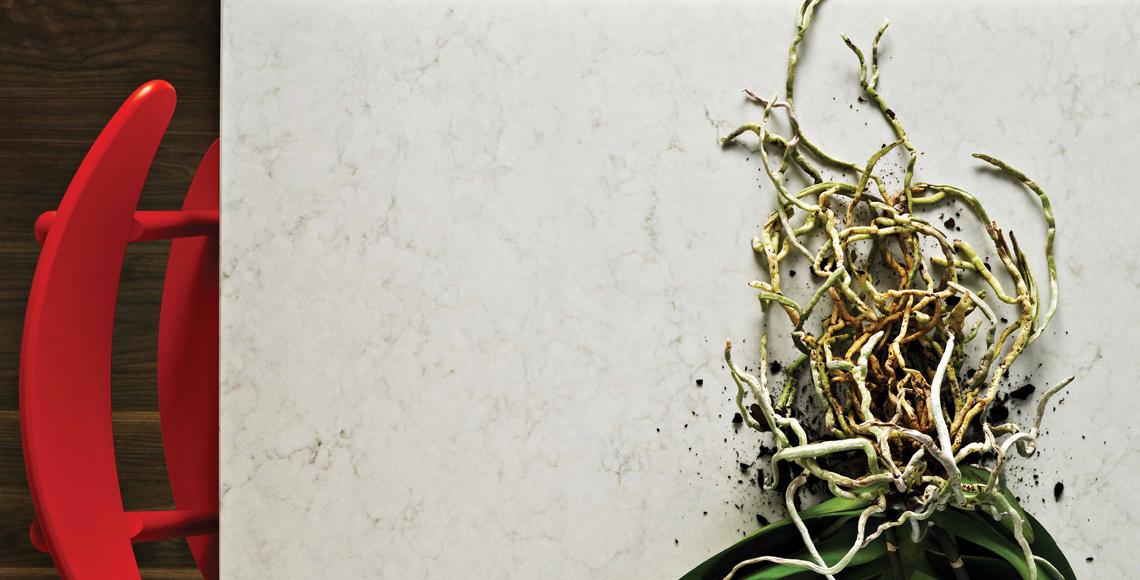
Editors Note: This is a guest post written by Kelly Cook from Laminex New Zealand.
Kitchen benchtops are often a large focus for renovators embarking on a kitchen project, offering the potential to inject their signature style into a new kitchen. Now, more than ever benchtops are available in a myriad of different materials so which option is best?
Laminate
Laminate is offered in a very large range of colours and textures and is the most cost efficient product in the market. Still the most popular material in New Zealand, it is extremely durable and soft, making it great for households with kids. As printing technologies improve there are a number of designs that allow you to have the look of stone or timber with the benefits of laminate.
 Solid Surface / Acrylic
Solid Surface / Acrylic
Solid Surfaces or Acrylics come in a good range of colours and when made into a bench top, there is the aesthetic advantage that joins are not visible. This enables you to have a seamless top whether bending around a corner or wanting a particularly long bench top that would require a butt join in other products. Quality acrylics can also be shaped or formed and some can even be repaired in the event of impact damage and scratches.

Stone
Stone is becoming increasingly more popular in New Zealand, whether it’s natural stone such as marble or granite, or engineered stone. Marble and granite are natural materials with a truly beautiful look with one big disadvantage; they are porous and therefore require regular sealing to prevent stains. They can also be rather expensive. Engineered stone on the other hand has the same beauty but is virtually non-porous, as well as being free of mould and bacteria – making it ideal for food and work surfaces. There is a great colour selection to choose from so it can suit all kitchen types. It is scratch, stain and heat resistant and less expensive than natural stones, but it can be more expensive than some other materials.

Stainless Steel
Stainless Steel comes in a small range of textures, is non-porous and very hygienic. Cleaning stainless steel bench tops is simple – simply wiping with a cloth will do the trick – and the sheen of steel creates a crisp, clean look in the kitchen. Additionally, it is reasonably priced if used in straight runs. However, it scratches easily and can become marked after a few years. Furthermore, abrasive cleaners cannot be used on stainless steel.

Kelly Cook
Laminex New Zealand
www.mydreamkitchen.co.nz
Images courtesy of Laminex New Zealand